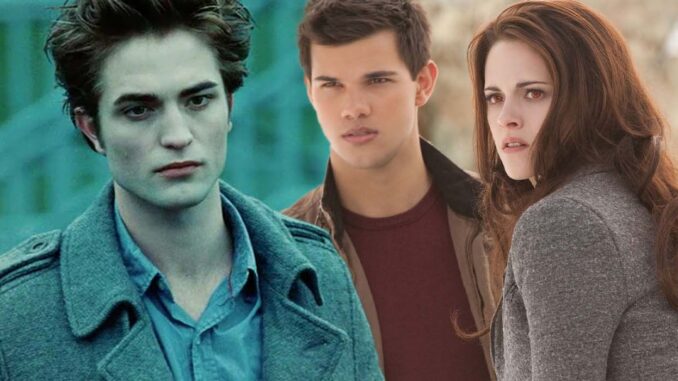
From Sparkle to Shadow: Robert Pattinson's Transformation From Twilight Icon to Caped Crusader
Robert Pattinson's journey from the glittering, lovelorn vampire Edward Cullen to the brooding, enigmatic Batman is a testament to the power of reinvention and the relentless pursuit of artistic credibility. He is, in many ways, a study in contrast – a teen idol who actively shied away from the trappings of fame, a heartthrob who sought out challenging and often obscure roles, and ultimately, a performer who defied expectations to become a compelling and unique iteration of one of cinema's most iconic superheroes. His trajectory is not merely a career shift; it's a carefully orchestrated deconstruction of image and a masterful rebuilding into a respected and multifaceted actor.
The initial act of this story is undeniably defined by "Twilight." The saga catapulted Pattinson into the stratosphere of teenage adulation. His portrayal of the romantic, melancholic Edward resonated deeply with a generation, solidifying his status as a global heartthrob. However, the immense popularity of the franchise came with a significant price. He became synonymous with the character, forever branded with the label of "teen idol," a categorization that often stifles serious artistic ambitions. The weight of expectation, the relentless paparazzi, and the often-simplistic criticism surrounding the films threatened to trap him in a gilded cage.
Yet, even amidst the "Twilight" frenzy, signs of Pattinson's desire for something more were already emerging. He strategically chose roles that were a deliberate departure from the vampire romance, even during the saga's peak. Films like "Remember Me" and "Water for Elephants" offered glimpses of his dramatic potential, but it was his venture into independent cinema that truly signaled his intentions.
This second act of his career is characterized by a conscious and almost defiant embrace of the unconventional. He actively sought out collaborations with auteur directors like David Cronenberg ("Cosmopolis," "Maps to the Stars") and the Safdie Brothers ("Good Time"). These weren't roles designed to showcase his charm or capitalize on his fame. Instead, they were gritty, complex characters that demanded vulnerability, intensity, and a willingness to shed the preconceived notions associated with his image.
In "Cosmopolis," he played a young billionaire on a harrowing journey through the financial apocalypse, navigating a landscape of paranoia and decay. "Good Time" saw him as a desperate and morally ambiguous bank robber, a role that showcased his raw, visceral energy. These were performances that challenged audiences, forcing them to see him not as the romantic hero, but as a flawed, often unsettling human being.
This conscious effort to deconstruct his image was crucial in establishing his credibility as a serious actor. He wasn't just taking on challenging roles; he was fully immersing himself in them, proving his dedication to the craft. He demonstrated a commitment to artistic integrity that resonated with critics and filmmakers alike, opening doors to further opportunities and collaborations.
The announcement of his casting as Batman in Matt Reeves' "The Batman" initially met with skepticism, even derision. The shadow of "Twilight" still lingered, and many struggled to envision the sparkling vampire behind the cowl. However, Pattinson's carefully curated body of work preceding the announcement had laid the foundation for a shift in perception. People were now willing to give him a chance, recognizing the actor who had consistently defied expectations and pushed his boundaries.
And he delivered. In "The Batman," Pattinson portrays a Bruce Wayne haunted by his past, a vigilante wrestling with his inner demons and the corruption that plagues Gotham. His Batman is not the polished, playboy billionaire, but a brooding, damaged figure consumed by his mission. His performance is subtle, nuanced, and intensely physical, capturing the raw emotion and psychological complexities of the character. The role is a culmination of everything he had been working towards: a character that demands gravitas, vulnerability, and a willingness to delve into the darkness.
Robert Pattinson's journey from "Twilight" to "Batman" is a fascinating narrative of artistic evolution. It’s a story of an actor who refused to be defined by a single role, who actively sought out challenges, and who ultimately transformed himself into a compelling and respected performer. He traded the sparkle for the shadow, proving that even the most improbable transitions can be achieved through dedication, courage, and a relentless pursuit of artistic integrity. He has not just become Batman; he has redefined what it means to be a modern movie star, one who prioritizes artistry over celebrity and authenticity over manufactured perfection. His story is an inspiring testament to the transformative power of ambition and the enduring appeal of defying expectations.
